Home>Garden Essentials>How To Layer Landscaping
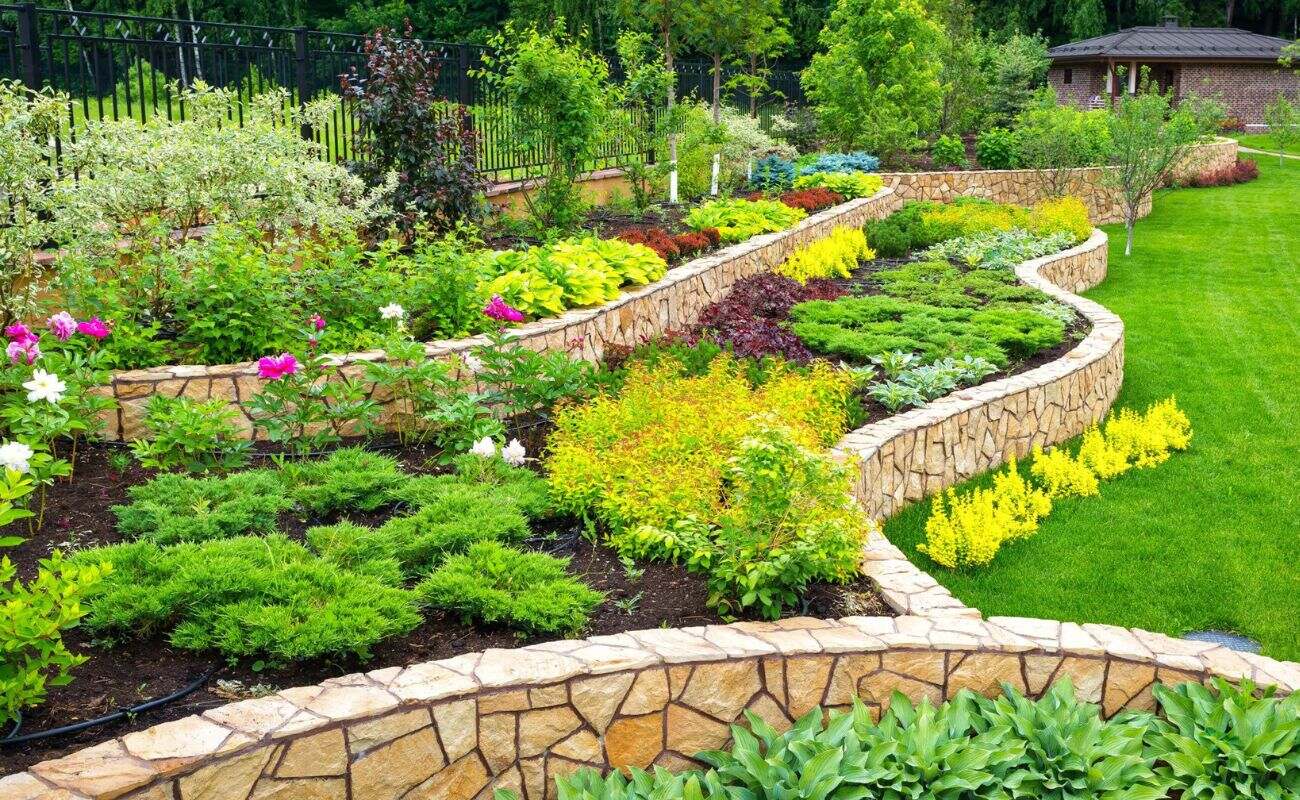

Garden Essentials
How To Layer Landscaping
Modified: October 20, 2024
Learn how to layer your garden with landscaping techniques to create a stunning and visually appealing outdoor space. Enhance the beauty and functionality of your garden with expert tips and ideas.
(Many of the links in this article redirect to a specific reviewed product. Your purchase of these products through affiliate links helps to generate commission for Storables.com, at no extra cost. Learn more)
Introduction
Welcome to the wonderful world of layered landscaping! If you’re looking to transform your garden into a visually captivating and dynamic space, then layering your landscaping is the perfect technique to achieve just that.
Layering is a design concept that involves creating depth and dimension in your garden by strategically arranging plants of varying heights, colors, and textures. By carefully selecting and arranging different layers of plants, you can create a visually dynamic and harmonious garden that is pleasing to the eye.
Layered landscaping goes beyond just aesthetic appeal, though. It also has practical benefits for your garden’s overall health and functionality. By incorporating different layers, you can maximize the use of space, provide shade and shelter for specific plants, and improve soil fertility and drainage.
In this article, we will explore the importance of layering in landscaping, guide you on how to choose the right plants for layering, and provide tips on how to prepare the soil, plant, maintain, and enhance your layered landscaping. So, let’s dive in and discover the secrets of creating a stunning layered garden!
Key Takeaways:
- Layered landscaping creates a beautiful garden with different plant heights, colors, and textures. It’s like creating a natural work of art that also helps the plants grow better and attracts wildlife.
- Choosing the right plants, preparing the soil, and adding hardscape elements are important for a stunning layered garden. It’s like creating a magical outdoor space that needs care and attention to thrive.
Read more: How To Layer Tablecloths
Why Layering Landscaping is Important
Layering landscaping is more than just a design trend; it is a vital technique that can greatly enhance the beauty and functionality of your garden. Here are a few reasons why layering is important:
- Visual Appeal: Layering adds depth and dimension to your garden, creating a visually stunning and engaging space. By incorporating plants of varying heights, colors, and textures, you can create a dynamic and captivating landscape design.
- Utilization of Space: Layered landscaping allows you to make the most of your gardening space. By planting vertically with tall trees or shrubs in the background, medium-sized plants in the middle, and ground cover or low-growing plants in the front, you can effectively utilize the vertical and horizontal space in your garden.
- Shade and Shelter: By incorporating different layers of plants, you can create natural shade and shelter for your garden. Taller plants can provide shade for smaller, more delicate plants, protecting them from harsh sun exposure. Additionally, layering can create microclimates within your garden, allowing you to grow a wider range of plants.
- Soil Health: Layering helps improve soil fertility and drainage. Deep-rooted plants can break up compacted soil, allowing air and water to penetrate deeper. The different layers of plants also contribute to organic matter accumulation as the leaves and debris from the upper layers decompose and enrich the soil.
- Biodiversity and Habitat Creation: Layered landscaping promotes biodiversity by attracting a variety of birds, insects, and other beneficial wildlife to your garden. The different layers of plants offer different habitats and food sources, creating a thriving ecosystem.
When designing your layered landscape, consider the overall balance and harmony of the different layers. Aim for a mix of evergreen and deciduous plants to ensure year-round interest, as well as a variety of foliage colors and textures for visual appeal.
Now that we understand why layering landscaping is important, let’s move on to the crucial step of choosing the right plants for your layered garden.
Choosing the Right Plants for Layering
When it comes to layering landscaping, selecting the right plants is key to creating a visually pleasing and cohesive garden. Here are some factors to consider when choosing plants for your layered garden:
- Height and Proportions: To create a sense of depth and dimension, choose plants of varying heights. Consider incorporating tall trees or shrubs in the background, medium-sized plants in the middle, and low-growing ground cover in the front. This layering technique will help create a balanced and visually appealing composition.
- Color and Texture: A well-designed layered garden considers color and texture. Select plants with a variety of foliage colors, such as shades of green, red, or variegated leaves. Mixing plants with different leaf shapes and textures, such as smooth, glossy, or fern-like foliage, adds visual interest and diversity to your garden.
- Blooming Seasons: To ensure year-round interest, choose plants that bloom at different times of the year. This will provide continuous color and variety throughout the seasons. Incorporating plants with different flowering periods will create a vibrant and ever-changing display in your garden.
- Sun and Shade Requirements: Consider the sunlight and shade conditions in your garden when selecting plants. Place sun-loving plants in areas that receive full sun, while shade-tolerant plants can be positioned under taller plants or in shaded corners of your garden. By matching plants to their preferred light conditions, you will ensure optimal growth and health.
- Native and Adaptability: Incorporating native plants into your layered garden is beneficial for several reasons. Native plants are well-adapted to the local climate and soil conditions, making them more resilient and easier to maintain. Additionally, they support local wildlife and contribute to the overall biodiversity of your garden.
When planning your layered garden, it’s important to consider the overall design and how different plants will complement each other. Aim for a mix of evergreen and deciduous plants to ensure year-round interest, as well as a variety of foliage colors and textures for visual appeal.
Once you have selected the right plants for your layered garden, it’s time to prepare the soil and create the optimal growing environment. This will be discussed in the next section.
Preparing the Soil for Layering
Before you start planting your layered garden, it’s important to prepare the soil to provide the best growing conditions for your plants. Here are some crucial steps to prepare the soil for layering:
- Remove Weeds and Debris: Begin by clearing the area of weeds, rocks, and other debris. Weeds compete with your plants for water, nutrients, and space, so it’s essential to remove them before planting. Clearing the area also allows you to start with a clean slate for your layered garden.
- Improve Drainage: Ensure proper drainage by incorporating organic matter, such as compost, into the soil. This helps loosen heavy clay soils and improves the water-holding capacity of sandy soils. Good drainage is crucial for the health and growth of your plants.
- Test Soil pH and Nutrients: Conduct a soil test to determine the pH level and nutrient content of your soil. This will help you identify any deficiencies or imbalances that need to be corrected. You can amend the soil with organic fertilizers or soil conditioners to provide the necessary nutrients for your plants.
- Amend Soil Structure: If your soil is too compacted or lacking in organic matter, you may need to amend it to improve its structure and fertility. Incorporate organic matter, such as compost, well-rotted manure, or peat moss, into the soil to increase its nutrient content and improve its overall texture.
- Consider Mulching: Mulching is an excellent practice for layered gardens. Apply a layer of organic mulch, such as wood chips or shredded leaves, around your plants. Mulch helps retain moisture, suppresses weed growth, and regulates soil temperature.
Remember to water the soil thoroughly after preparing it to ensure proper moisture distribution. This will create a favorable growing environment for your plants.
By taking the time to properly prepare your soil, you are setting a solid foundation for your layered garden. Now that the soil is ready, it’s time to start planting and arranging the layers of your landscaping masterpiece!
When layering landscaping, start with the tallest plants in the back, then mid-sized plants in the middle, and finally the smallest plants in the front. This creates depth and visual interest in your garden.
Planting and Arranging Layers
Now that you have prepared the soil, it’s time to bring your layered garden to life by planting and arranging the different layers. Follow these steps to ensure a successful planting and arrangement process:
- Start with the Background Layer: Begin by planting tall trees or shrubs in the background as the backbone of your layered garden. These plants will add height and structure to your landscape. Space them evenly and consider their mature size to avoid overcrowding in the future.
- Add the Middle Layer: Next, introduce medium-sized plants to create a transition between the background and foreground layers. These could be flowering shrubs or smaller trees. Place them strategically to provide visual interest and balance to your garden.
- Plant the Foreground Layer: The foreground layer consists of low-growing plants that will serve as a ground cover or border. These plants can be perennials, ornamental grasses, or even evergreen shrubs. Position them in front of the middle layer, creating a gentle slope or staggered arrangement for a natural and flowing look.
- Create Visual Flow: Consider the visual flow of your layered garden by arranging plants with complementary colors and textures. Vary the heights and colors to create visual interest and a harmonious composition. Experiment with different combinations to find the arrangement that best suits your design vision.
- Leave Space for Growth: Keep in mind that plants will continue to grow and spread over time. Leave adequate space between plants to allow for their mature size and to prevent overcrowding. This will ensure that each layer has sufficient space to thrive and maintain its distinct characteristics.
- Consider Seasonal Interest: Utilize plants that offer interest throughout the seasons. Choose plants with vibrant spring blooms, beautiful summer foliage, stunning fall colors, or interesting winter textures. This will ensure that your layered garden remains visually appealing all year round.
As you plant and arrange the layers, take a step back and assess the overall design. Make any necessary adjustments to achieve a balanced and harmonious look. Remember to water your newly planted layers thoroughly and monitor their progress as they establish themselves in the garden.
Now that your layered garden is planted and arranged, we will explore how to maintain and care for your creation in the next section.
Read more: How Do You Layer Rugs
Maintaining and Caring for Layered Landscaping
Once you have established your layered garden, it’s crucial to maintain and care for it properly to ensure its long-term health and beauty. Here are some tips to help you maintain and care for your layered landscaping:
- Watering: Provide adequate water for your plants based on their specific needs. Water deeply and infrequently to encourage deep root growth. Avoid overwatering or underwatering, as both can be detrimental to the health of your plants. Consider using a drip irrigation system to deliver water directly to the roots and conserve water.
- Fertilizing: Feed your plants with a balanced fertilizer that provides essential nutrients for their growth. Follow the recommended fertilization schedule for each type of plant. Organic fertilizers, such as compost or well-rotted manure, can also be used to enrich the soil naturally.
- Pruning: Regular pruning is necessary to maintain the shape, size, and health of your plants. Remove dead or diseased branches, thin out overcrowded growth, and shape the plants as needed. Pruning also promotes airflow and sunlight penetration, reducing the risk of disease and improving overall plant vigor.
- Weeding: Regularly weed your garden to prevent weeds from competing with your plants for nutrients and space. Remove weeds by hand or use appropriate weed control methods such as mulching or using organic weed killers. Be careful when weeding near the shallow roots of ground cover plants to avoid damaging them.
- Monitoring pests and diseases: Keep an eye out for common pests and diseases that may affect your plants. Inspect regularly for signs of damage, such as chewed leaves or discoloration. Take appropriate measures, such as natural pest control methods or organic treatments, to manage and prevent pest infestations or diseases from spreading.
- Seasonal Care: Different seasons require different care for your layered garden. Adjust your maintenance routine accordingly. For example, in the fall, clean up fallen leaves and debris, and prepare your plants for the winter. In the spring, remove any dead foliage and apply a fresh layer of mulch to protect the roots and conserve moisture.
- Regular Inspection: Take the time to regularly inspect your garden for any signs of stress or issues. Look for signs of nutrient deficiencies, water stress, or pest damage. Early detection allows for prompt action and can prevent problems from escalating.
By following these maintenance practices and giving your layered garden the attention it needs, you can ensure that it continues to thrive and provide years of beauty and enjoyment.
While plants form the foundation of your layered landscaping, incorporating hardscape elements can further enhance the overall design and functionality of your garden. We will explore hardscape elements in the next section.
Enhancing Your Layered Landscaping with Hardscape Elements
While plants play a significant role in layered landscaping, incorporating hardscape elements can add another layer of beauty, functionality, and structure to your garden. Here are some hardscape elements to consider when enhancing your layered landscaping:
- Pathways and Walkways: Create inviting paths and walkways that guide visitors through your garden. Use materials such as stone, gravel, or pavers to define the paths and complement the natural elements in your landscape. Pathways can add a sense of structure and connectivity to your layered garden.
- Patios and Decks: Integrate outdoor living spaces into your layered garden by incorporating patios or decks. These hardscape elements provide areas for relaxation, entertaining, and enjoying the beauty of your garden. Choose materials that harmonize with the overall aesthetic, such as natural stone or composite decking.
- Garden Walls and Borders: Install garden walls or borders to add definition and structure to your layered garden. These hardscape elements can serve as a backdrop for plants, create visual boundaries, and provide additional seating options. Consider materials like stone, brick, or wood that complement the style of your garden.
- Water Features: Incorporate water features, such as fountains, ponds, or waterfalls, to introduce a sense of serenity and tranquility to your layered garden. The sound of running water and the sight of aquatic plants can create a soothing ambiance and attract wildlife. Be mindful of the scale and proportion of water features to ensure they don’t overpower the surrounding vegetation.
- Arbors and Trellises: Introduce vertical elements like arbors and trellises to add height and visual interest to your layered garden. These hardscape elements can support climbing plants, such as vine-covered pergolas or flowering vines. They provide shade, create privacy, and add an architectural focal point to your landscape.
- Outdoor Lighting: Illuminate your layered garden with well-placed outdoor lighting. Lighting not only extends the usability of your garden into the evening but also showcases the beauty of your plants and hardscape elements. Use a combination of path lights, uplights, and spotlights to create a warm and inviting atmosphere.
- Outdoor Furniture and Decor: Choose outdoor furniture and decor that complements the style and purpose of your layered garden. Select comfortable seating options, tables, and decorative accents that harmonize with the colors and textures of the surrounding plants. Outdoor furniture allows you to fully enjoy and appreciate your layered garden.
When incorporating hardscape elements, ensure they complement and enhance the natural beauty of your layered garden. The key is to strike a balance between softscape (plants) and hardscape elements, creating a harmonious and cohesive outdoor space.
Remember, hardscape elements require maintenance too. Regularly clean and inspect them, repair any damage, and keep pathways clear of debris. By giving proper attention to both plants and hardscape elements, you can create a stunning layered garden that blends beauty, functionality, and structure.
With these tips, you are now equipped to create and maintain a beautiful layered garden that will captivate and delight for years to come. Enjoy the process of creating depth, dimension, and visual interest with strategically arranged plants and well-integrated hardscape elements. Happy gardening!
Conclusion
Layered landscaping is a transformative technique that can elevate your garden into a stunning and dynamic outdoor space. By incorporating plants of varying heights, colors, and textures, you can create a visually appealing and harmonious landscape design that offers both aesthetic beauty and practical benefits.
Throughout this article, we have explored the importance of layering in landscaping, the key factors to consider when choosing plants for layering, and the essential steps to prepare the soil and plant the layers. We have also delved into the maintenance and care required to ensure the long-term health and vitality of your layered garden.
Furthermore, we discussed how hardscape elements can enhance your layered landscaping by adding structure, functionality, and visual interest. From pathways and patios to water features and trellises, incorporating these elements can take your garden to the next level.
Creating a layered garden is a creative and rewarding process. It allows you to express your personal style, experiment with different plant combinations, and design a space that reflects your love of nature. By following the guidelines and tips provided in this article, you can confidently embark on your journey of creating a breathtaking layered garden.
Remember to regularly maintain and care for your garden, addressing watering, fertilizing, pruning, and pest control needs. Stay attuned to the changing seasons and make any necessary adjustments to keep your layered garden thriving and looking its best.
Whether you have a small backyard or a sprawling landscape, the concept of layering can be applied to any scale. Take the time to plan and design your garden, considering the visual flow, seasonal interest, and the optimal arrangement of plants and hardscape elements.
In the end, a well-executed layered garden will not only bring you joy and a sense of accomplishment but will also serve as a sanctuary where you can connect with nature and find solace in its beauty. So, roll up your sleeves and let your creativity flourish as you embark on your layered landscaping journey. Happy gardening!
Frequently Asked Questions about How To Layer Landscaping
Was this page helpful?
At Storables.com, we guarantee accurate and reliable information. Our content, validated by Expert Board Contributors, is crafted following stringent Editorial Policies. We're committed to providing you with well-researched, expert-backed insights for all your informational needs.


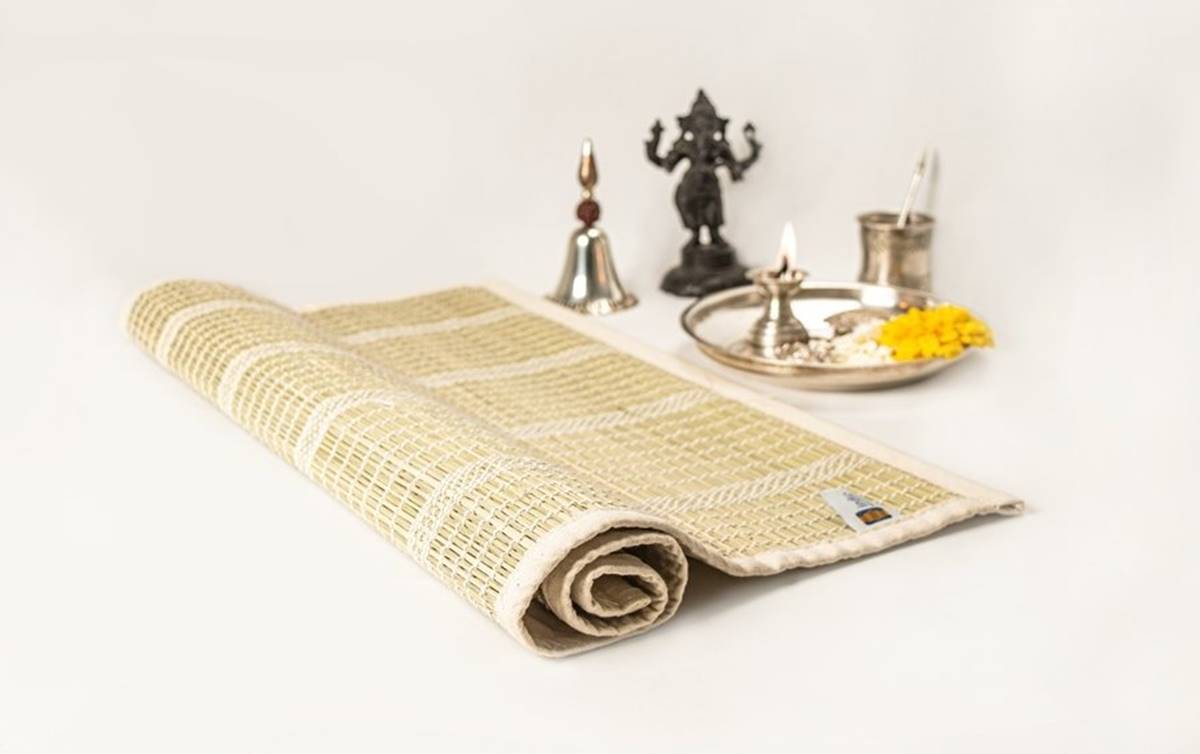
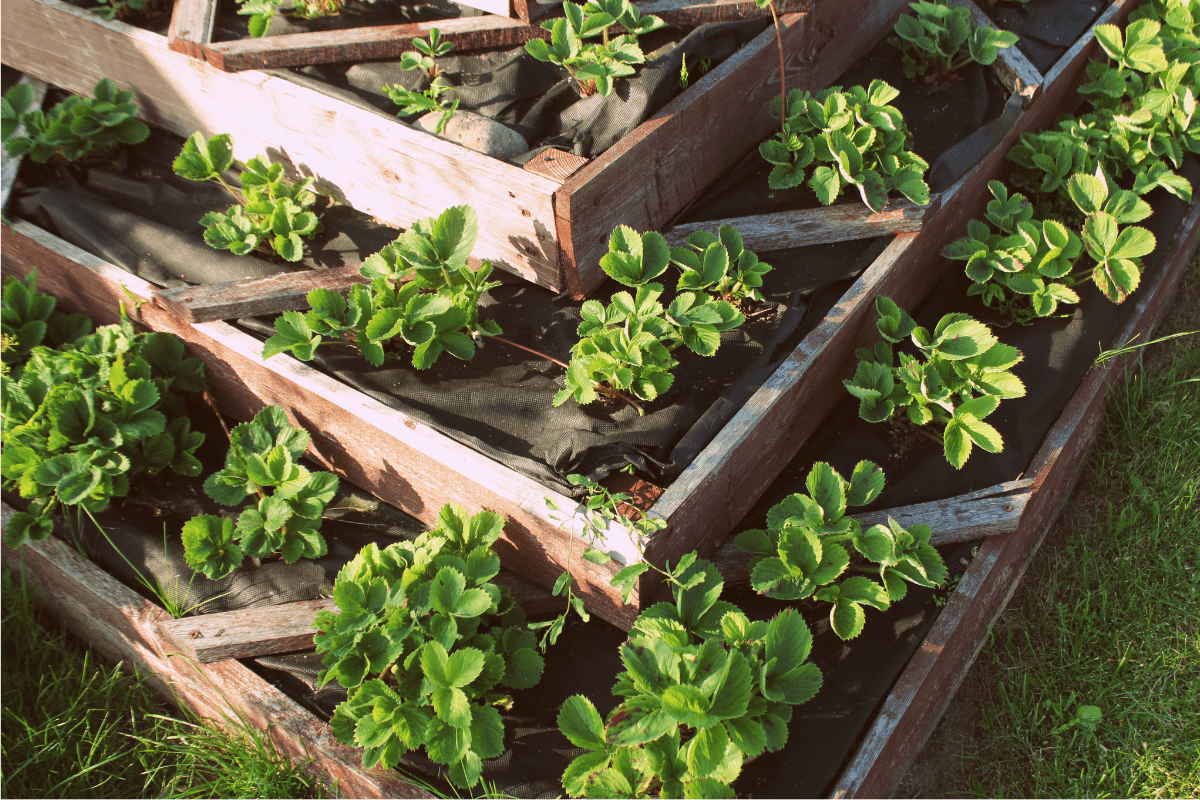
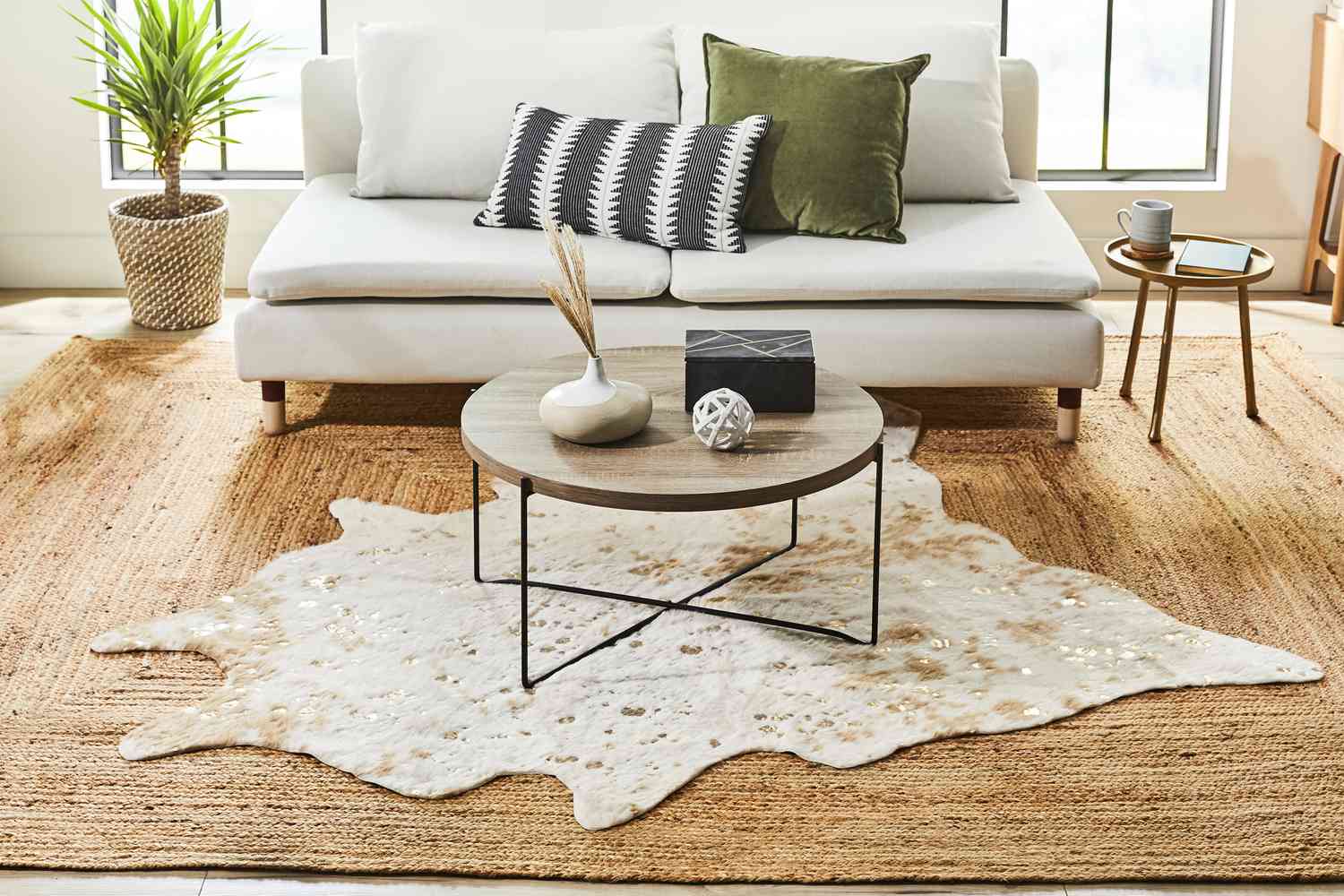
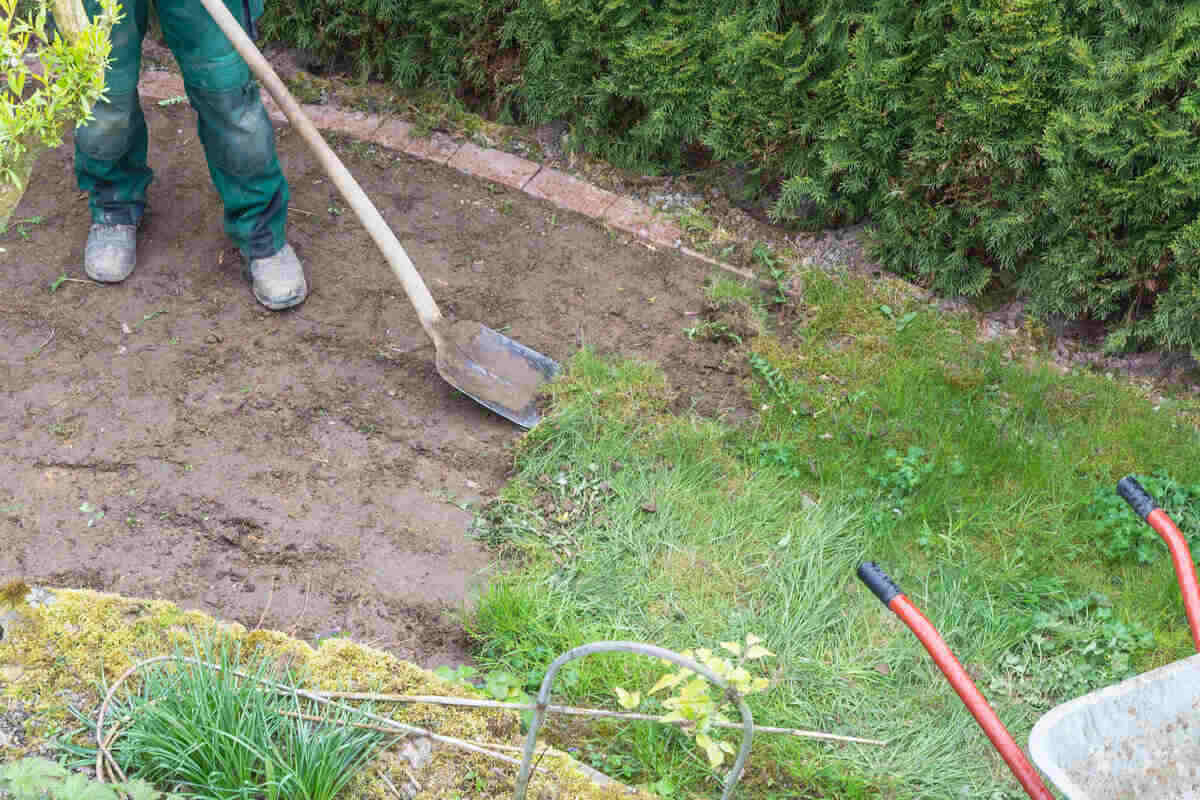
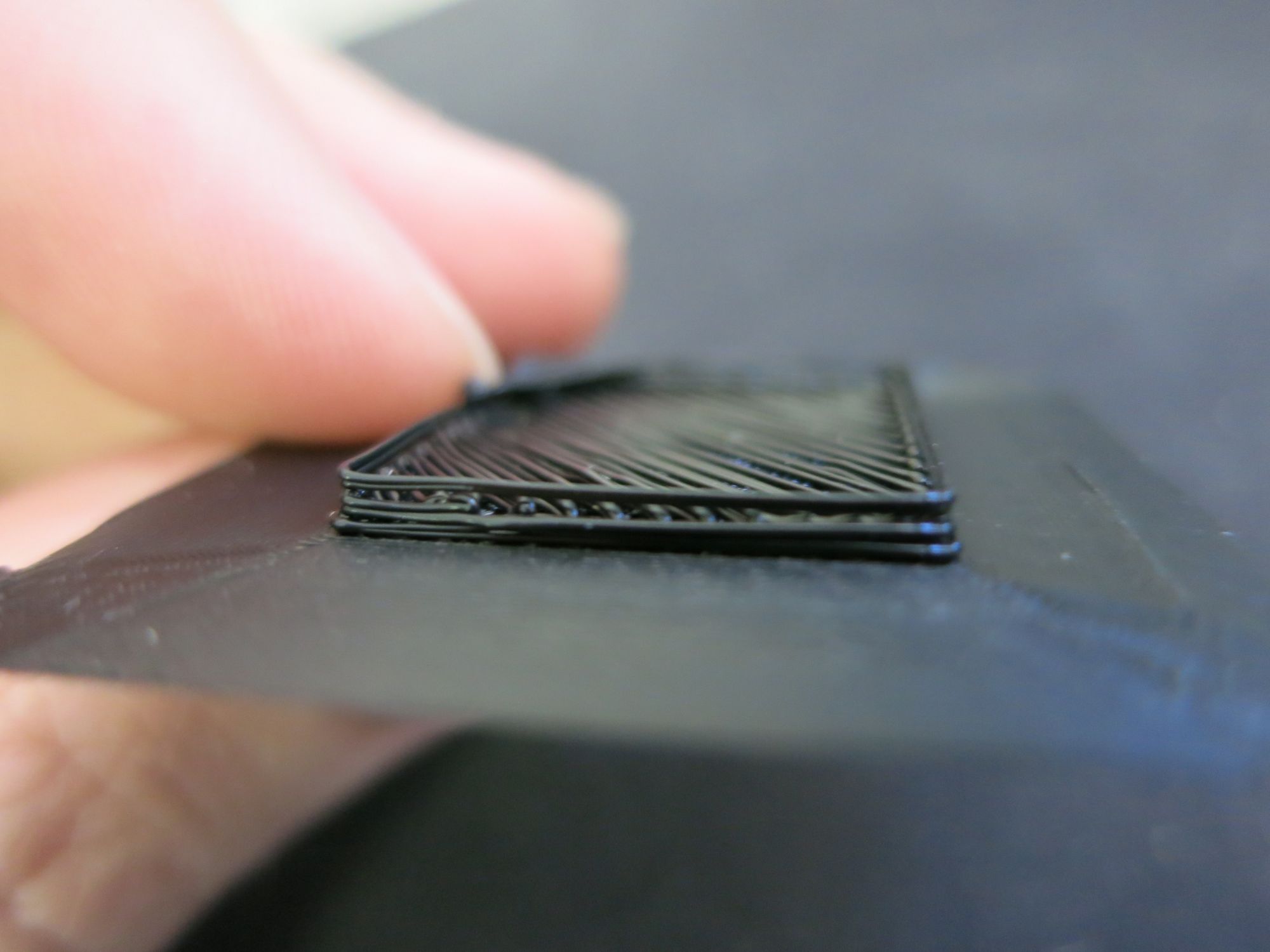


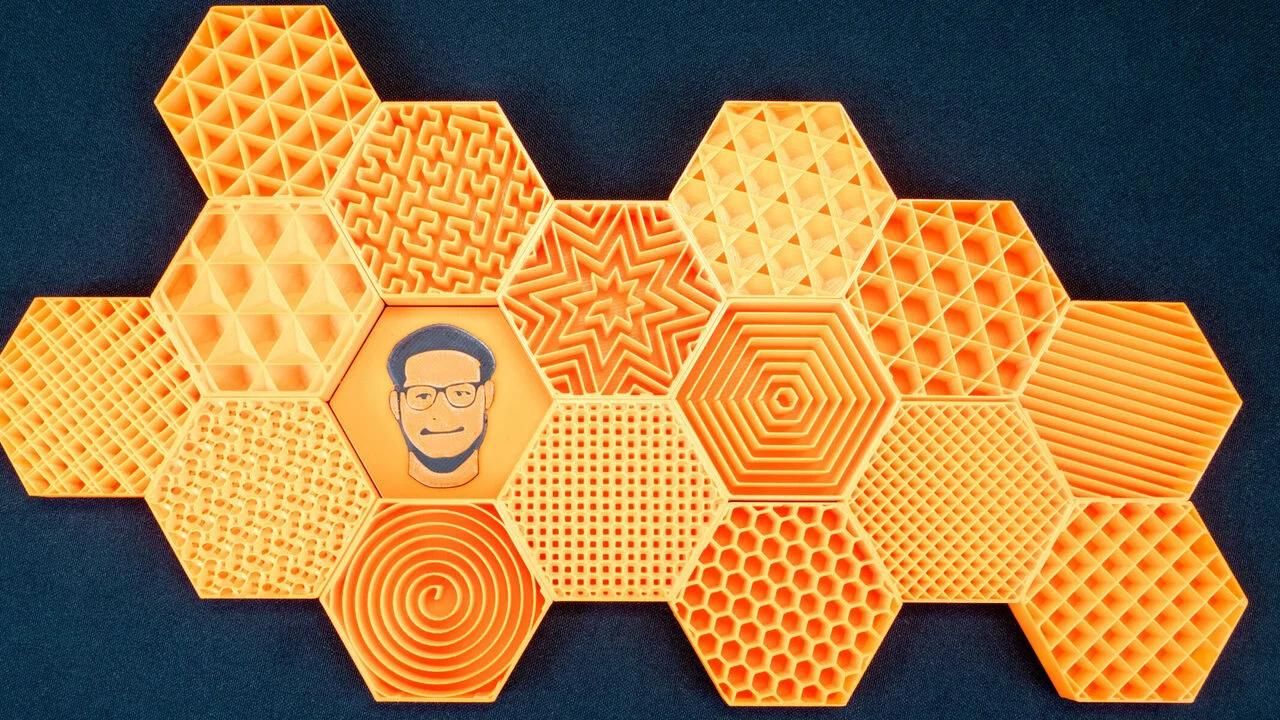
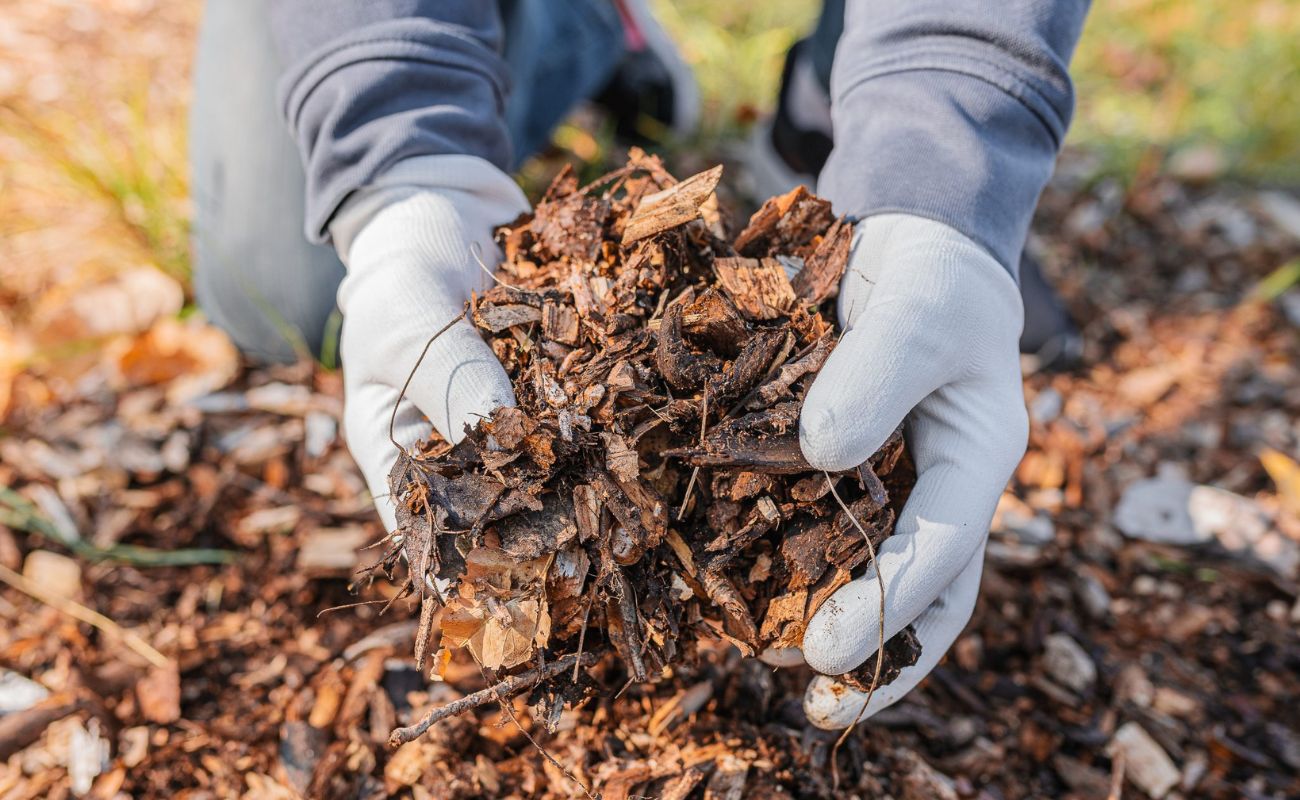
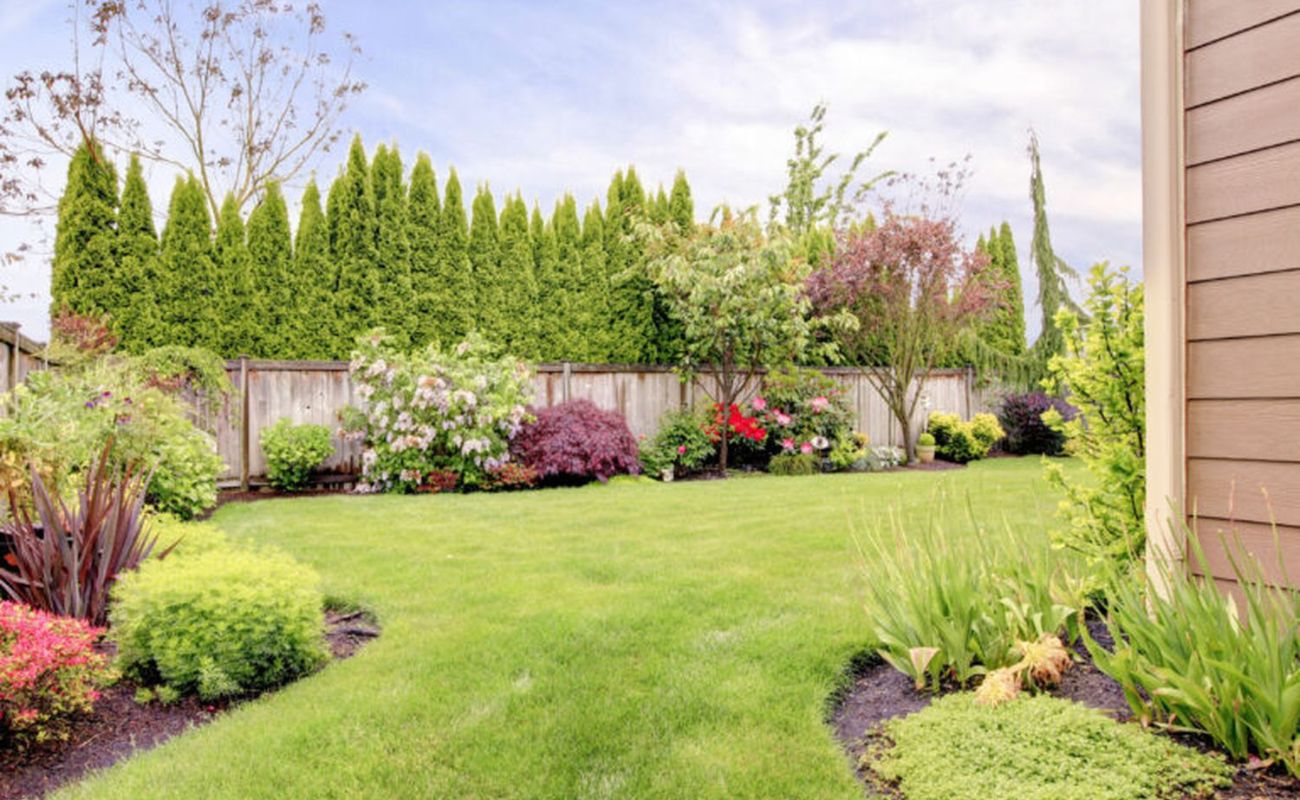
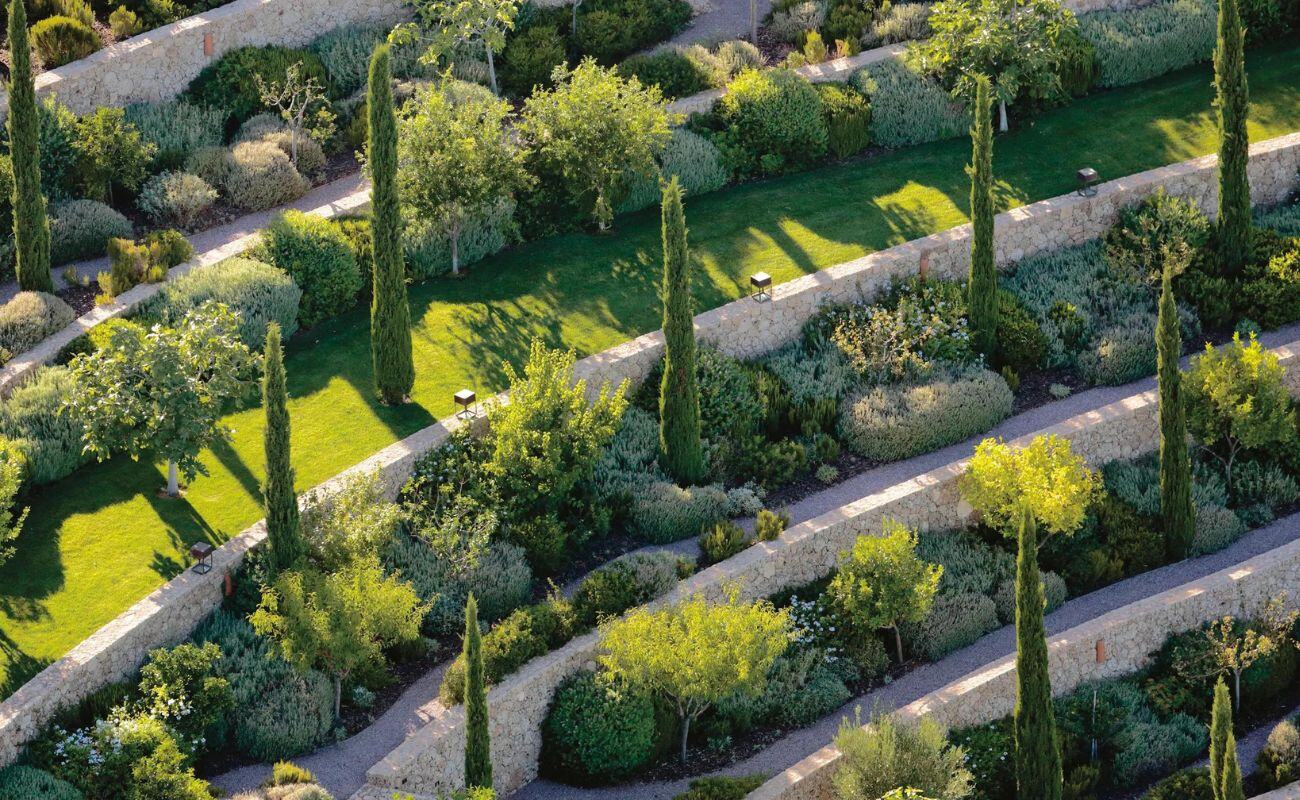
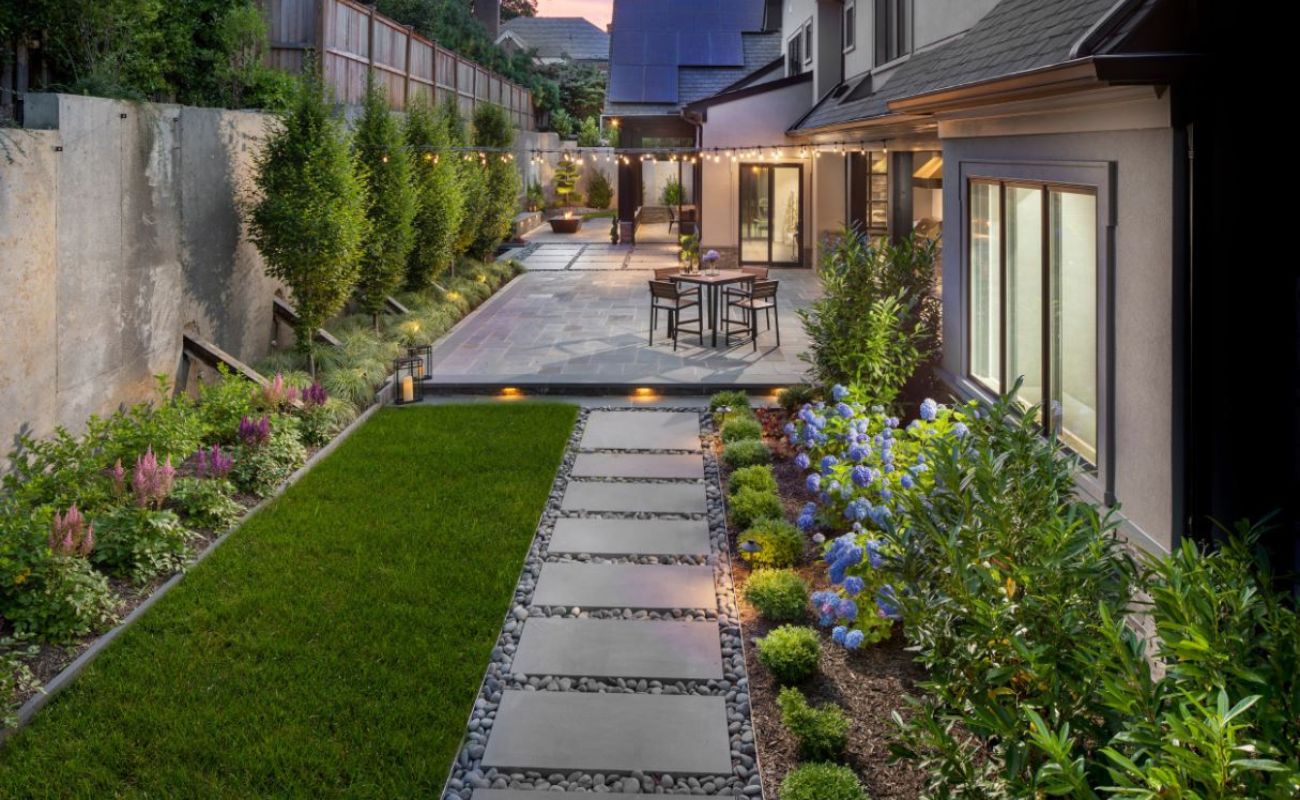

0 thoughts on “How To Layer Landscaping”